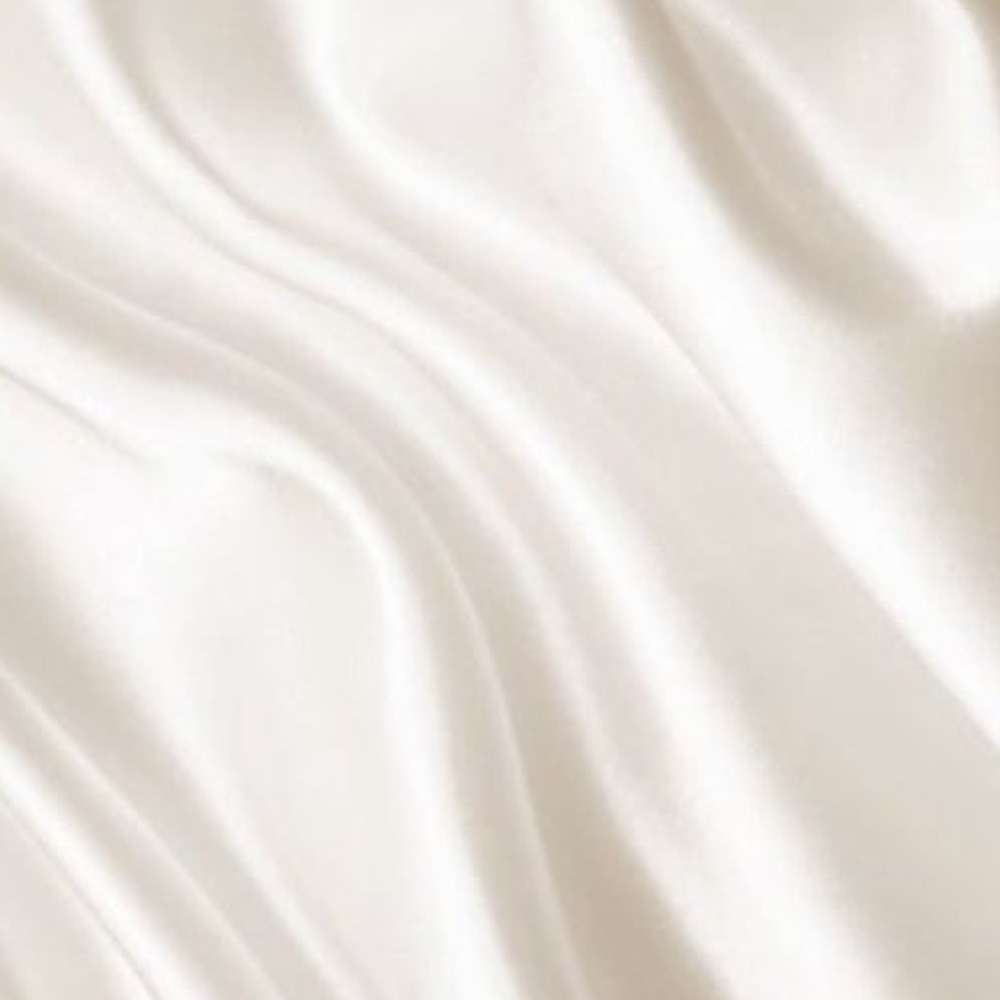For centuries, silk has been synonymous with luxury—and with good reason. Its smooth drape, lustrous sheen, and buttery softness make it a staple in high-end fashion. But for too long, it’s also carried a reputation: delicate, prone to snags, and impossible to care for without professional help. As a clothing exporter who’s worked with silk producers in Suzhou, Hangzhou, and Milan, I’m here to bust that myth. Today, silk isn’t just “wearable art”—it’s a practical, long-lasting investment when cared for right. Let’s rewrite the rules.

The Old Myth: Why Silk Got a “Fragile” Reputation
Historically, silk production was labor-intensive, and the fabric itself was (and still is) more delicate than cotton or polyester. Early silk garments relied on hand-stitched finishes and natural dyes, which required gentle handling. But modern advancements—from mechanical looms to synthetic sericin treatments—have transformed silk into a resilient, easy-care fabric. The disconnect? Many consumers still associate silk with outdated care practices, while newer, lower-quality silk blends (mixed with rayon or spandex) fail to deliver on durability, reinforcing the “high-maintenance” stereotype.
The truth? High-quality silk (100% mulberry or tussah) is surprisingly durable—if you know how to care for it. Let’s decode the science and practical steps to keep your silk garments looking pristine for years.
Silk 101: Understanding Its Strengths (and Weaknesses)
To care for silk, you first need to know its unique properties:
1. Fiber Structure: Stronger Than It Looks
Silk is made from fibroin, a protein secreted by silkworms. Unlike cotton (cellulose) or wool (keratin), silk fibers are smooth, tightly packed, and naturally resistant to wrinkles. A well-made silk dress can withstand 50+ washes with proper care—outlasting many cotton garments.
2. The Real Vulnerabilities: Moisture, Heat, and Abrasion
Silk struggles with:
- Moisture: Prolonged exposure to water (e.g., rain, sweat) weakens fibroin, causing stretching or discoloration.
- Heat: High temperatures (above 40°C/104°F) can shrink or scorch silk.
- Abrasion: Rough surfaces (like Velcro, zippers, or rough towels) snag the smooth fibers.
Key Insight: Modern silk treatments (e.g., “silk-proof” coatings or mercerization) enhance these resistances—making today’s silk far hardier than its ancestors.
Practical Guide: How to Care for Silk Like a Pro
1. Cleaning: Less Is More
- Dry Cleaning: For structured silk (blazers, tailored pants) or heavily soiled garments, dry cleaning is safest. Choose a cleaner experienced with silk—they’ll use gentle solvents (e.g., hydrocarbon) that won’t strip sericin (silk’s natural protective coating).
- Hand Washing: For delicate items (blouses, scarves), hand wash in cold water (max 30°C/86°F) with a pH-neutral detergent (avoid enzymes or bleach). Gently swirl—never wring or rub. Rinse with cool water until soap-free.
- Spot Cleaning: Blot stains (e.g., wine, makeup) with a clean, damp cloth. Never rub—silk’s fibers are prone to pilling if agitated.
Pro Tip: Test cleaning solutions on an inconspicuous area (e.g., hem) first. Some dyes bleed, and harsh chemicals can yellow silk over time.
2. Drying: Air-Dry, Never Hang
- Lay Flat: After washing, roll silk in a clean, dry towel to remove excess water, then unroll and lay flat on a drying rack (away from direct sunlight). Sunlight fades silk’s color and weakens fibers.
- Avoid Hanging: Gravity stretches silk, especially along seams. A folded drying rack preserves the garment’s shape.
3. Storage: Protect from Snags and Moisture
- Fold, Don’t Hang: Hanging silk long-term causes shoulder bumps and stretching. Fold neatly and stack with acid-free tissue paper to prevent creasing.
- Use Cotton Bags: Store silk in breathable cotton bags (not plastic) to allow airflow and block dust. Add lavender sachets to deter moths—silk’s natural scent attracts them.
- Avoid Sharp Objects: Keep silk away from zippers, belts, or rough-textured surfaces (e.g., wool coats) to prevent snags.
4. Wearing: Minimize Wear & Tear
- Layer Wisely: Silk is delicate—wear it over soft, non-abrasive fabrics (e.g., cotton t-shirts) to reduce friction.
- Remove Jewelry: Rings, bracelets, or rough-necklaces can snag silk collars or cuffs.
- Rotate Garments: Silk benefits from “rest periods” between wears—let it air out for 24 hours before re-wearing to restore its natural luster.
Case Study: From “Shriveled” to “Silky Smooth”
Last year, a boutique in Paris contacted us about a client’s complaint: a $800 silk blouse had “shrunk and pilled” after one wash. Our team investigated:
- Issue 1: The client used hot water (50°C/122°F) and a harsh detergent—common mistakes.
- Issue 2: They wrung the blouse to remove water, stretching the fibers.
We advised:
- Hand wash in cold water with a silk-specific detergent.
- Roll in a towel, lay flat to dry.
- Store folded with acid-free paper.
Result? The blouse regained its shape, and the client reported “zero pilling” after 6 months of regular wear.
FAQs: Your Silk Care Questions, Answered
Q: Can I machine-wash silk?
A: Only if labeled “machine-washable” (most modern silk blends are). Use a gentle cycle, cold water, and a mesh bag. Never machine-dry—always air-dry.
Q: How do I remove a stubborn stain (e.g., coffee) from silk?
A: Blot immediately with a clean cloth. Mix 1 tsp mild dish soap with 1 cup cold water, dip a cotton swab in the solution, and gently dab the stain. Rinse with cold water. For tough stains, consult a professional cleaner.
Q: Why does my silk feel “stiff” after washing?
A: Silk loses natural oils during washing. To restore softness, add 1 tbsp white vinegar to the final rinse (neutralizes alkalinity) or use a silk conditioner.
Q: Is silk eco-friendly?
A: Yes—mulberry silk is sustainably produced (silkworms are fed mulberry leaves, no pesticides). Look for certifications like GOTS (Global Organic Textile Standard) to ensure ethical sourcing.
Wrapping Up: Silk Is Meant to Be Worn (and Loved)
Silk’s reputation as “high-maintenance” is outdated. With the right care, it’s a durable, luxurious fabric that elevates any wardrobe. At Sheen, we partner with silk mills in China and Italy to bring you the finest, easiest-to-care-for silk garments—from lightweight summer blouses to structured winter coats.
Ready to invest in silk that lasts? Explore our 2024 Silk Collection, download our free “Silk Care Handbook,” or reach out for custom orders.
Stay luxurious. Stay practical. Stay Sheen.

